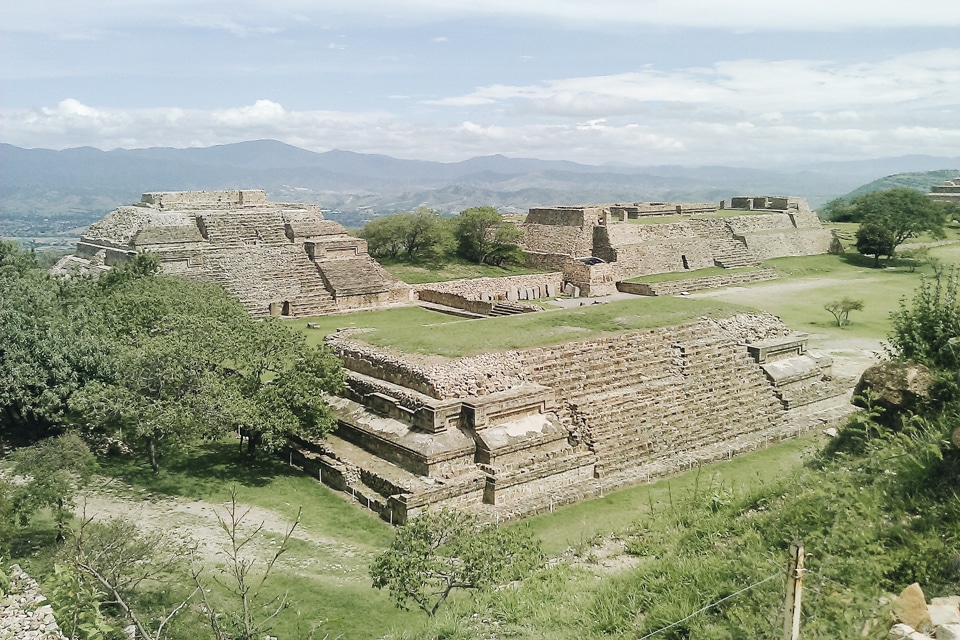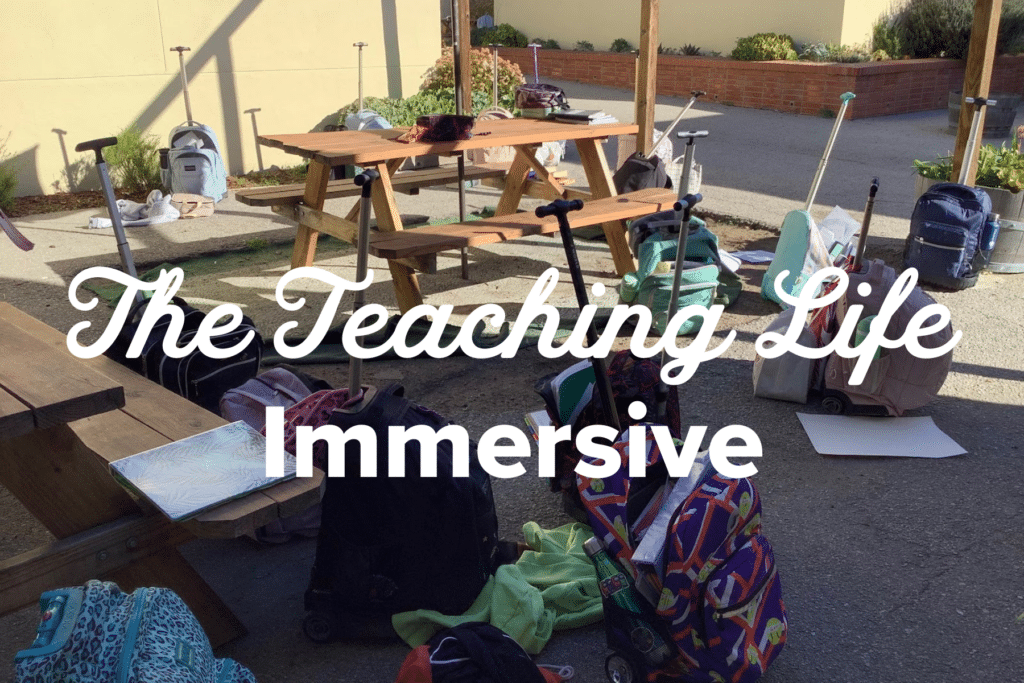This blog presents a unique perspective on The Middle Ages. Be prepared for wisdom and a perspective that’s hardly represented in Middle Age history- one from Latin America. We are shining a light on SLOCA’s own Gil Braga’s findings as a historian and teacher. He made time to share some interesting aspects that he thinks Down Home readers would like to know about. Be prepared to have your comprehension of this year’s historical theme enhanced!
As our students dive into the fascinating and misunderstood history of what we call the middle ages or the dark ages of European history with its tales of anglo-saxon battles, and norse legends, I particularly enjoy redirecting the ones who brave into the world of Spanish learning to a different view of the period between 500 CE and 1500 CE.
If we move our focus from Europe and its feudal disputes, religious crusades, and turbulent beliefs to the Mesoamerican civilizations, we can see that there’s a whole new world of art, science, technology, religions, and overall rich cultures to be learned.
Mesoamerica can be understood as the geographic region that expands from modern day central and southern Mexico all the way to the north of Costa Rica. That vast stretch of land surrounded by luscious tropical rainforest, and gorgeous coastline was the home, for thousands of years, of groups such as the Olmec, Zapotec, Mixtec, Maya, Toltec, and Aztec peoples.
Which one of these peoples had their own values, language, and cultural practices? Some of them are still a mystery such as the Olmecs, others have been sung and explored in different expressions of popular culture (often misconstrued) such as the Mayans and the Aztecs.
The history of mesoamerican peoples are normally told from the point of view of the European conquerors (conquistadores) who made sure to leave out some of the most beautiful accomplishments and advances they encountered when they arrived in the Americas.
The Mayans, for example, had developed an elaborate calendar of 365 days and were gifted architects who built pyramids and other structures based on astronomical positioning. They had an elaborate hieroglyphic writing system, highly developed agricultural practices, an education system, and a well-structured society. We can still visit some of the Mayan heritage sites in Guatemala (Tikal) and in the Yucatán Peninsula in Mexico (Chichén Itzá) and admire the wonders created by them.
Years later, the Aztecs built their marvelous city of Tenochtitlan in what is now Mexico City. The city was clean and all tall buildings were painted white, which made the European Conquistadors think that it was actually made of silver. The Aztecs are probably the ones we know the most about as they left writing records of their daily life which later were taken to Europe and remained hidden until quite recently.
For our visual learners, Mr. Braga has included five pictures.
Image 01: Page 71 of the Codex Borgia depicting the Aztec sun God, TonatiuhImage
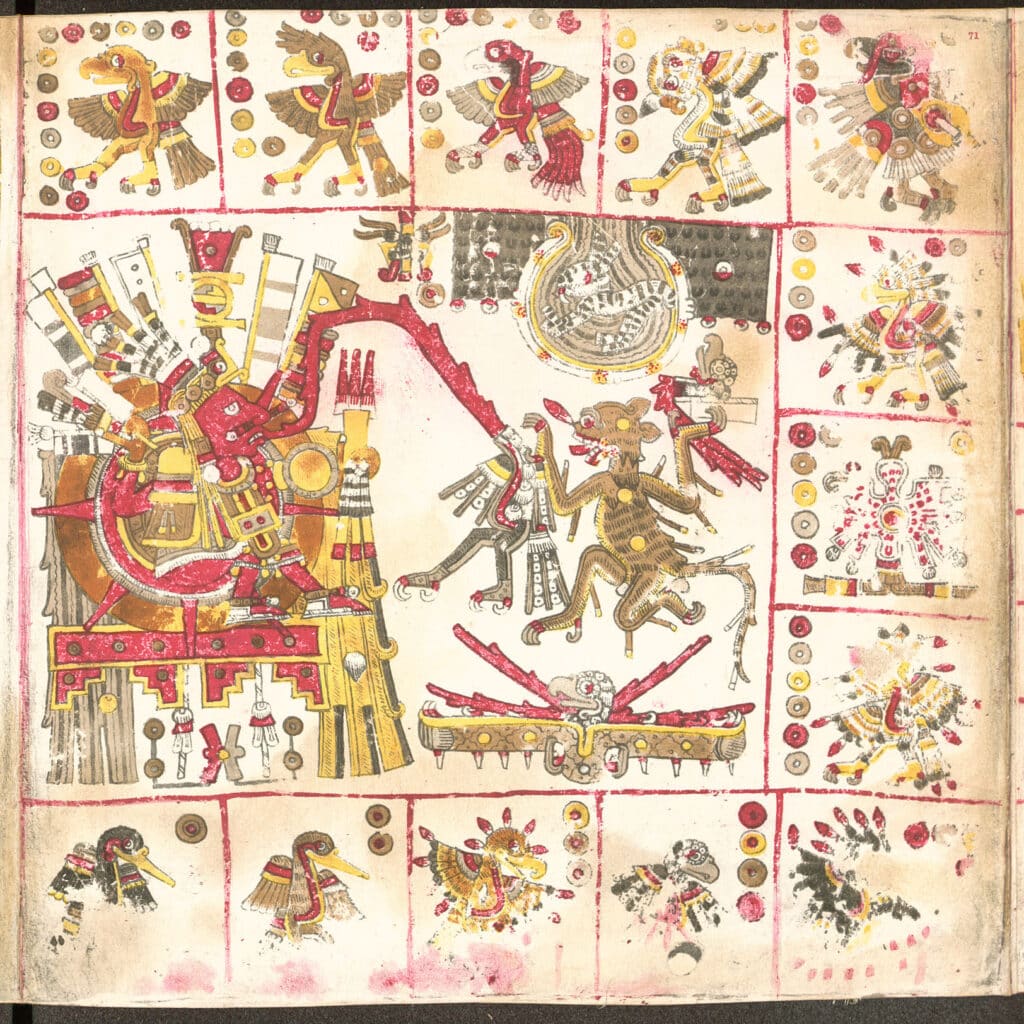
Image 02: The Temple of Kukulkán in Chichén Itza – One of the most important Mayan sites
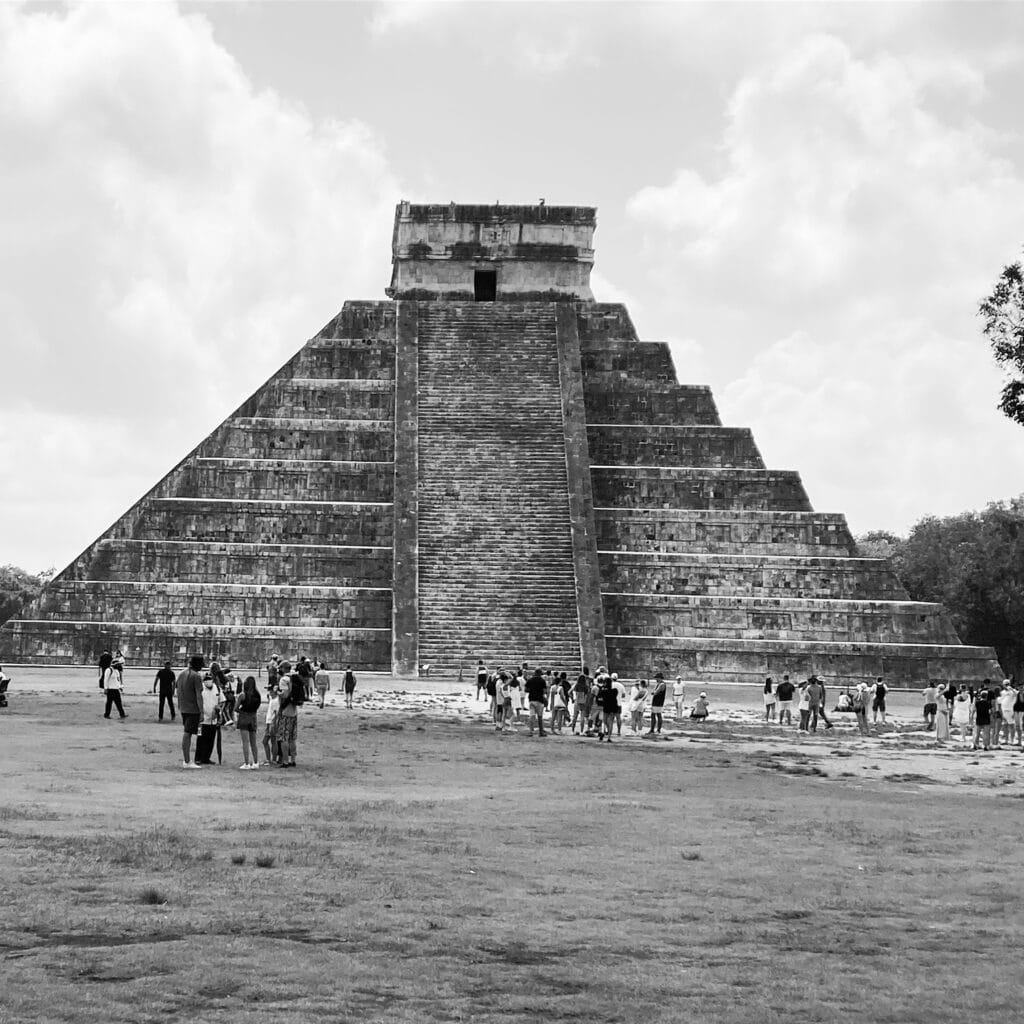
Image 04: Map of Tenochtitlan published in Nuremberg, Germany in 1524.
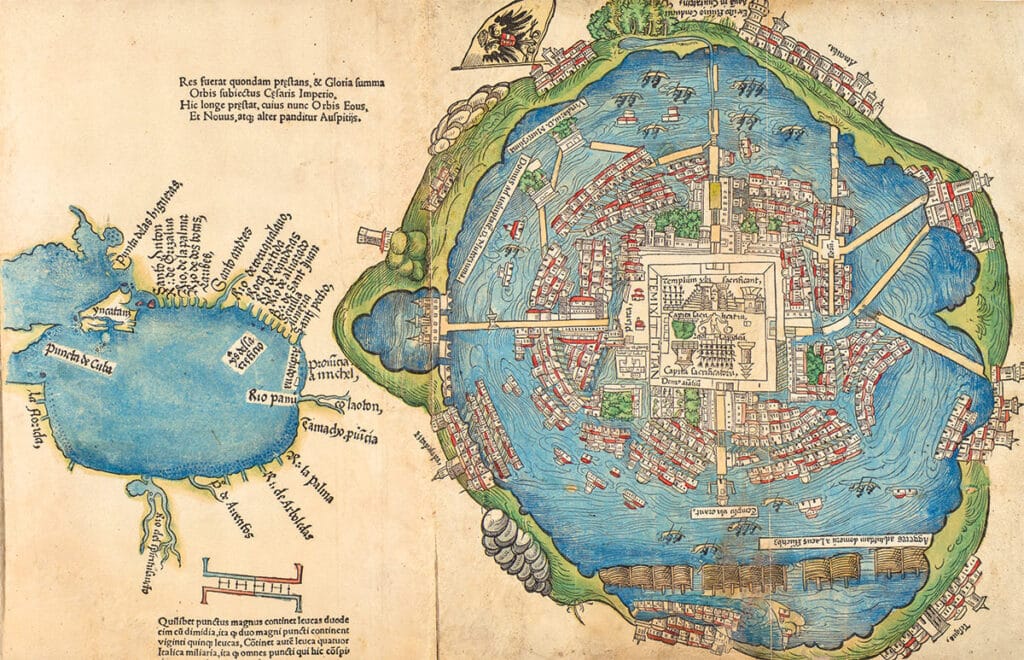
Image 03: The Aztec Sun Stone depicting calendrical symbols in its inner ring Image
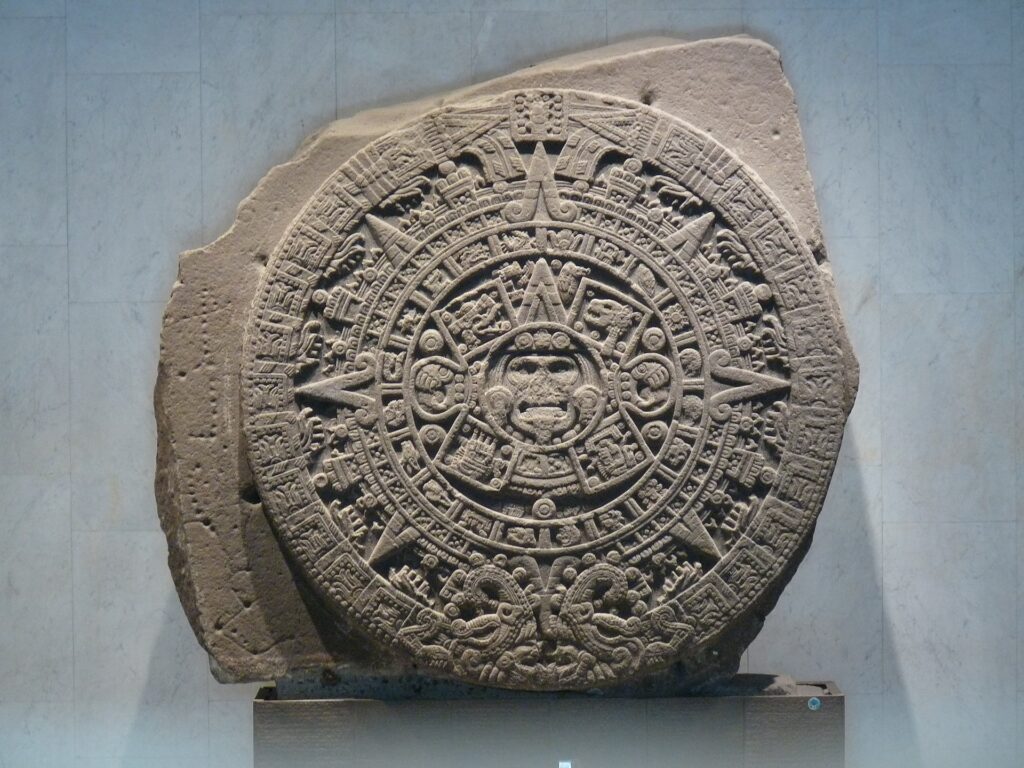
Image 05: Aerial view of the ruins of the Zapotec city of Montel Albán in Oaxaca.
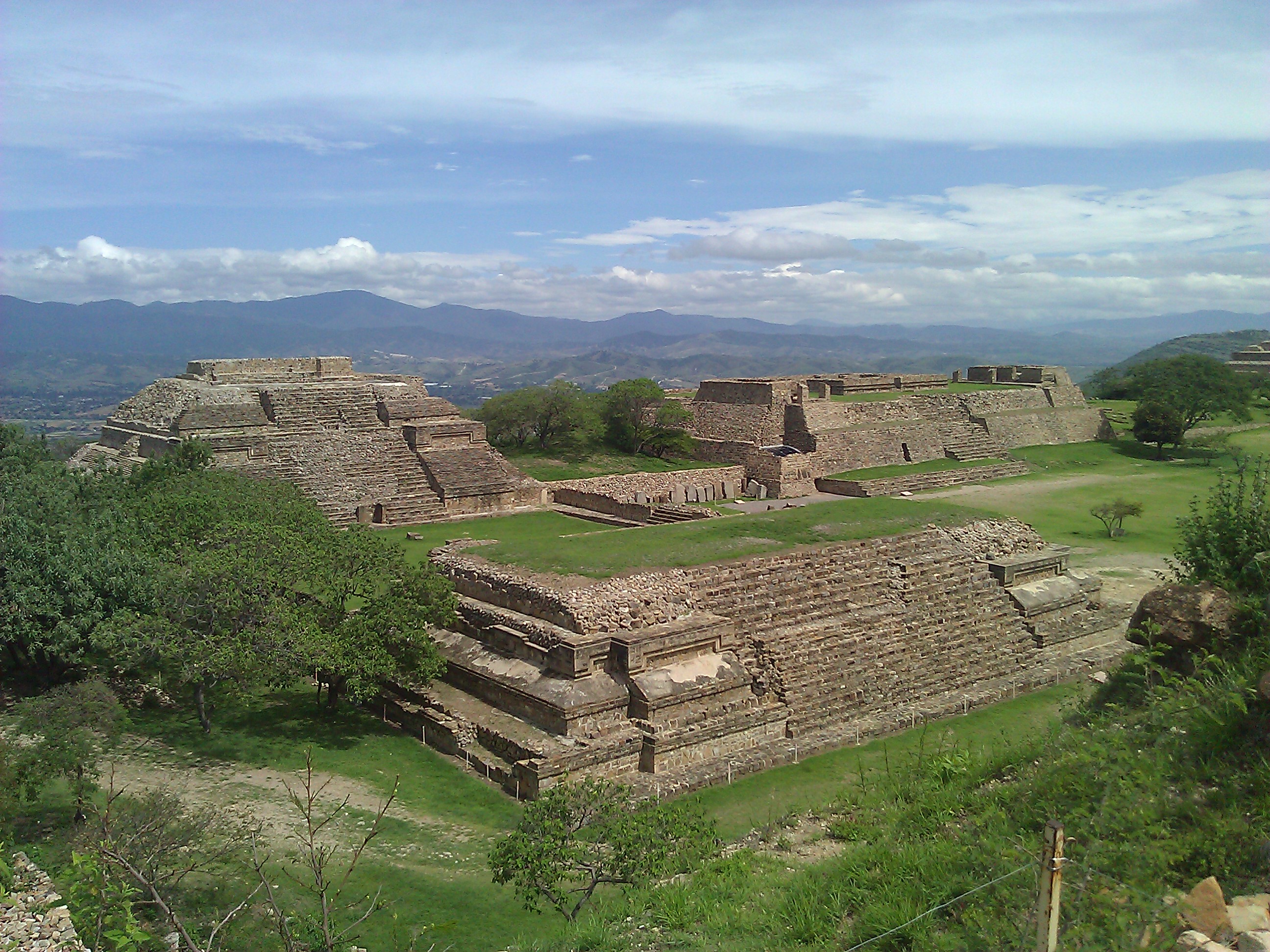
Gosh we are lucky to have Mr. Braga’s expertise right here at SLOCA. He indulges our curiously a bit more and says, “The SLOCA students who sign up to take the Mesoamerican History and Cultural Experience immersive course will be able to unveil some of the myths, recreate artworks, and experience the culinary heritage of these amazing “middle age” civilizations. I am particularly excited to have the opportunity to teach a class that will definitely spark the curiosity and expand the knowledge of the students.” Are you signed up to add this perspective to your Middle Ages bank of knowledge.
Come back Dowm Home on Wednesday for some book recommendations about our character trait of the month: Integrity.












